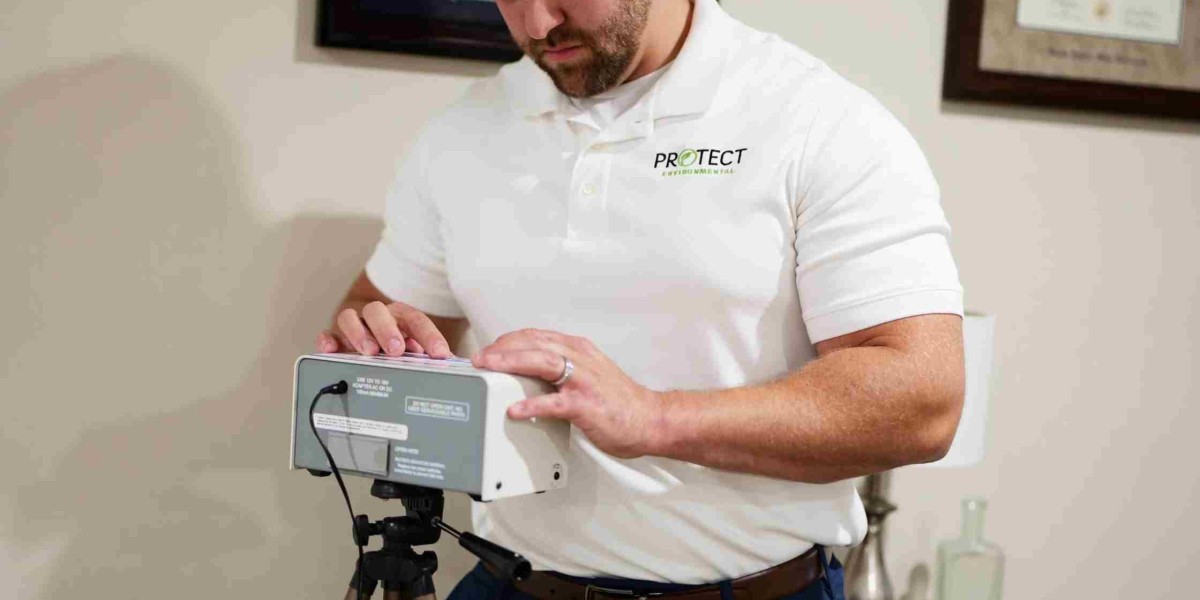In today's world, home safety is a top priority for many homeowners. While most people focus on obvious threats like fires, burglaries, or natural disasters, one silent and often overlooked danger lurks in the very air we breathe within our homes—radon gas. Understanding the importance of regular radon testing can safeguard your family's health and give you peace of mind. This comprehensive guide delves into the significance of radon testing, the risks associated with radon exposure, and how to ensure your home is safe.
What is Radon?
Radon is a naturally occurring radioactive gas resulting from uranium's decay in soil, rock, and water. It's invisible, tasteless, and odorless, making it impossible to detect without specialized equipment. As radon gas moves up through the ground, it can seep into homes through cracks in floors, walls, and foundations, posing significant health risks.
The Health Risks of Radon Exposure
Exposure to high levels of radon gas is the second leading cause of lung cancer in the United States, following smoking. According to the Environmental Protection Agency (EPA), radon is responsible for about 21,000 lung cancer deaths annually. The risk is even higher for smokers, as the combined effects of smoking and radon exposure are particularly hazardous.
Short-Term vs. Long-Term Exposure
Short-term exposure to radon doesn't immediately lead to noticeable symptoms, which is why it often goes undetected. However, prolonged or long-term exposure increases the risk of developing lung cancer. The danger is cumulative, meaning the longer you are exposed to high radon levels, the greater your risk.
Why Regular Radon Testing is Essential
Given the serious health risks associated with radon, regular testing is crucial. Radon levels can fluctuate based on various factors, including weather conditions, changes in home structure, and soil disturbances. Regular testing ensures that you are aware of any changes in radon levels in your home and can take necessary action if needed.
How to Test for Radon
Testing for radon is straightforward and can be done using do-it-yourself test kits or by hiring a professional. There are two main types of radon tests: short-term and long-term.
Short-Term Radon Tests
Short-term tests typically last between 2 to 90 days and are useful for getting a quick snapshot of radon levels. These tests are ideal for initial screening.
Long-Term Radon Tests
Long-term tests, which last more than 90 days, provide a more accurate picture of the average radon level in your home over an extended period. This type of testing is recommended for a more comprehensive assessment.
Interpreting Radon Test Results
Once you have your test results, it's essential to understand what they mean. Radon levels are measured in picocuries per liter (pCi/L). The EPA recommends taking action if your home's radon level is 4 pCi/L or higher. However, even lower levels can pose a risk, and it's wise to consider mitigation if levels are between 2 and 4 pCi/L.
Steps to Reduce Radon Levels
If your home tests high for radon, there are effective measures you can take to reduce the levels and protect your health.
Improve Home Ventilation
One of the simplest ways to reduce radon levels is to increase ventilation in your home, particularly in the basement and crawl spaces where radon levels tend to be highest.
Seal Cracks and Openings
Sealing cracks and openings in your home's foundation and walls can help prevent radon from entering. This step should be combined with other methods for maximum effectiveness.
Install a Radon Mitigation System
A radon mitigation system is a specialized system designed to reduce radon levels in your home. The most common type is a sub-slab depressurization system, which involves installing a vent pipe and fan system to draw radon from beneath the house and expel it outside.
Professional Radon Mitigation Services
While some mitigation steps can be done by homeowners, hiring a professional radon mitigation contractor ensures the job is done correctly and effectively. Professionals have the experience and equipment needed to design and implement a comprehensive radon reduction plan tailored to your home.
Maintaining a Radon-Free Home
After installing a mitigation system, ongoing maintenance and regular testing are vital to ensure it continues to function effectively. This includes checking the system annually and retesting radon levels every two years or after any major home renovations.
Common Myths About Radon
Several misconceptions about radon can lead to complacency or unnecessary anxiety. Here are some common myths debunked:
Myth 1: Radon Testing is Expensive
Fact: Radon testing is relatively affordable, especially when considering the potential health risks. DIY test kits are available for as little as $20, and professional testing services are reasonably priced.
Myth 2: Only Certain Types of Homes are at Risk
Fact: Radon can be found in all types of homes, regardless of age, construction type, or location. Both old and new homes, with or without basements, can have radon issues.
Myth 3: Radon is Only a Problem in Certain Areas
Fact: While radon levels can vary by region, radon has been detected in homes across the United States. Testing is essential no matter where you live.
Myth 4: Radon Mitigation Systems are Complicated and Unreliable
Fact: Modern radon mitigation systems are highly effective and reliable when installed by professionals. They can significantly reduce radon levels and are straightforward to maintain.
Conclusion
Radon is a silent threat that poses significant health risks if left unchecked. Regular radon testing and appropriate mitigation measures are essential to ensure your home is safe and your family is protected. By staying informed and proactive, you can reduce the risks associated with radon exposure and enjoy peace of mind in your home.
Investing in regular radon testing and mitigation is a small price to pay for the long-term health and safety of your loved ones. Make radon testing a priority in your home maintenance routine and breathe easier knowing you've taken steps to protect your family from this invisible danger.



